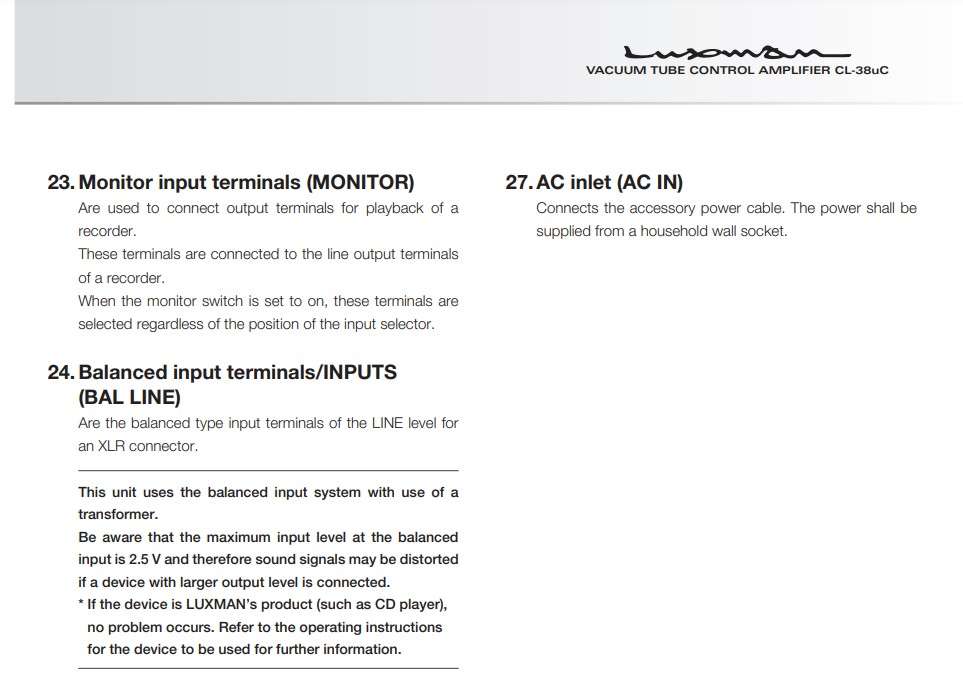First, I want to thank everyone. This forum has been one of the best sources for information about gear, and I have used it extensively for years.
I am in need of help and advice on how to proceed from here.
The preamp is a Cary Audio SLP-05 Ultimate w/ Kimber Kable Upgrades.
Does anyone have an issue with the volume on their SLP-05 not fully muting when the knob (not mute button) is turned to zero, and do they have significant crosstalk between the channels?
This is only with XLR in and XLR out.
In particular, I would like to hear from people with DAC's with a rated voltage of 4.5V or more on XLR. This is about every high end DAC like the Holo, Chord, Auralic, and even Cary offerings, as well as DACs from Matrix, and other entry level high-end DAC's
My Gear:
i9 based server running HQPlayer Embedded and Roon Core.
Sonore Optical Rendu, Holo May KTE DAC, Manley Snapper Monoblocks, 6Pi Cornerhorns.
The story is a bit long,
so here is a TLDR;
My SLP-05 preamp does not mute when the volume is turned to zero (mute button works fine), and has significant cross talk between channels. I can input a 1KHz test tone into the LEFT channel (not other inputs), and hear it clearly from the RIGHT channel with the volume turned to zero.
Here is an unlisted video that I sent to Cary demonstrating the problem.
Cary is claiming the issue is my gear. First, they claimed my amps have too much gain (it has less than the Cary amps), and too many watts (watts?!?), then my speakers are too sensitive (102dB). They finally fixated on my Holo May DAC having too much voltage at 5.8V on balanced (the Cary is rated at +/-3V, or 6V). They remained fixated on this even though I provided the above video using the Matrix DAC which is rated at 4.5V.
I measured the voltage coming out of the Matrix DAC as shown in the video at
|
|
pin1-pin2
|
pin1-pin3
|
pin2-pin3
|
|
Matrix DAC LEFT
|
1.085V
|
1.084V
|
2.170V
|
|
Matrix DAC RIGHT
|
1.083V
|
1.081V
|
2.164V
|
which is very close to what they claim is "standard."
Cary is being resolute in stating that they have sold thousands of these preamps, never had this problem, and my case is unique. It seems I am the only owner of a Holo May (or Chord, or Auralic, or...) and an SLP-05...
Advice needed:
Cary is proposing modifying the preamp as follows:
1) Relocate a capacitor that is getting charged via the ground plane near the input buffer tube, and isolate the input buffer ground.
2) Tie the floating XLR neutrals to ground at the relays (this will short the inputs when an input is not selected).
3) Add a 5:1 voltage divider across the input for XLR 1, and RCA 1 to reduce the inputs from 5V to 1V. I do not know what they propose to use for the ground reference here.
I would like some feedback on these mods. I think some of these are pretty questionable. Why tie the relays directly to ground when it might be better to tie them through a 1M resistor? Tying the XLR neutral to ground seems like an invitation for common mode distortion and might prevent the circuit from being fully differential.
Moving the cap seems fine, but it does not address the core issue - why are we having ground plane issues in the first place?
----------------------
The story as briefly as possible
I want to be clear up front, that I never engaged in raging, yelling or name calling, I never made any demands other than "you have to make this right." I did express myself as being "very upset and angry," and in a later email, "Please understand that my trust is pretty much gone at this point."
I RMA'd my 2 week old SLP-05 because the volume would not fully mute with the volume control (mute button works fine). While they had it, I paid ($250.00 + $250.00 shipping) for the gain reduction mod.
They could not find anything wrong performed the gain reduction mod, and sent the preamp back to me.
When I powered on the preamp, it was DOA. It turned out FedEx dropped it hard enough to knock the rectifier tube loose, and break the straps holding the big power capacitor down.
I found the gain reduction had no effect that I could determine, it is too loud at 10:00, and almost impossible to adjust to a low listening level.
I found the signal still bleed through at zero volume, and I found that the left channel bled through to the right channel.
What ensued was a steady stream of what can only be called BS (or "nonsense" as I referred to in my emails) with the Quality Service Manager. When it became clear that not only was I being not being listened to and there was a lot of CYA going on, I called and asked for the contact info of someone in authority to monitor the situation. I was given the email of the owner, who it turned out was never told about the shipping damage. I was finally issued an RMA 3 weeks after getting my preamp back.
They once again could not find anything wrong.
I had to actually write out an experimental plan for them to duplicate the issue.
As far as I know, they did not test another preamp with or with out the upgrades to see if the issue is unique to my unit or not.
It is clear to me that Cary does not want to know if there is a problem.
I am at a near loss as to how to proceed from here, and I could really use any input you good folks could provide.
Thanks you,
-Josh


